The re-emergence of polio in Gaza amid ‘anycide’
The ongoing conflict in Gaza, marked by profound human suffering and widespread destruction, has elicited international concern and condemnation.
By September 3rd, the situation had tragically persisted for 333 days, a figure that resonates with profound symbolism.
The number 333 often associated with themes of immediacy and urgency in various cultural contexts compels a critical examination of the implications of the prolonged violence and the dire humanitarian crisis unfolding in the region.
The recurrence of the number three can evoke notions of completeness and the cycle of life and death, reflecting the devastating toll that prolonged conflict exacts on human life.
Each passing day of violence not only amplifies the immediate, physical and psychological toll on the affected population, but also erodes the foundations of hope for future reconciliation and recovery.
Since the start of the Israeli genocide on October 7th, 2023, the death toll of Palestinians in Gaza has risen to 40,819 with injuries totaling 94,291 as of September 3rd, 2024.
This number is likely to be lower than the actual figures, as rescue teams are still unable to access many victims trapped under debris and in the streets.
Israel's continuous attacks on Gaza, targeting its healthcare and public health infrastructure, along with the total blockade of the area, have severely compromised the already strained healthcare system.
The destruction of Gaza's infrastructure has also played a role in the resurgence of polio in the region.
The reemergence of polio in Gaza highlights the dire consequences of these ongoing conflicts.
In August, the Palestinian health ministry reported the first confirmed polio case in Gaza in 25 years.
So we need to vaccinate 640,000 children all over Gaza.
This campaign is; there's actually two campaigns ... we started now the first round and the second round will be in four weeks time.
We need to cover a minimum of 90% of those children to stop the transmission within Gaza and to avoid polio spread, international spread of polio to surrounding countries.
Dr Rik Peeperkorn, WHO Representative for Palestine
While polio can cause paralysis and death, many individuals infected with the virus may remain asymptomatic, making it crucial to conduct testing and medical evaluations to gauge the full extent of the outbreak.
However, such assessments are nearly impossible due to the extensive damage to the healthcare system.
The United Nations faces significant challenges in vaccinating 640,000 children due to difficult operational conditions, the large number of displaced persons, restrictions on the fuel supplies necessary for operating generators and refrigeration for vaccine storage and Israel's ongoing military actions.
Tragically, polio is not the only health crisis threatening Palestinians in Gaza, other serious infectious diseases, including hepatitis and meningitis, are also spreading.
Since October, there have been over 995,000 reported cases of acute respiratory infections, and 577,000 cases of acute watery diarrhea in Gaza. Furthermore, hundreds of 1000s of individuals with chronic illnesses are not receiving the necessary care, resulting in numerous preventable deaths that are not included in the official death toll in Gaza.
This situation exemplifies Israel's strategy of attrition genocide, which involves undermining the survival conditions of Palestinians as a collective through methods of harm that are less overt than the brutal violence the world has witnessed in live broadcasts over the past 11 months.
While the term "genocide" is often used to describe Israel's actions in Gaza, it may not fully encompass the various forms of destruction occurring at the hands of Israeli forces.
Between October 7th and May 31st Israel reportedly damaged or destroyed approximately 55% of the structures in Gaza, a total of 37,297 structures according to a report from the UN Satellite Centre, UNOSAT.
These structures include vital aspects of urban life, homes, schools, hospitals, cultural and religious sites, as well as infrastructure for water, electricity and transportation, prompting some researchers to characterize Israel's actions as the destruction of Gaza cities or 'urbicide'.
With homes rendered uninhabitable and their community ties severed, many Palestinians may feel compelled to leave Gaza, although this represents a forced migration, it could enable Israeli officials to evade any accountability for Palestinians leaving their homeland.
According to the UN, restoring Gaza to its pre-conflict state will require decades of labor, intensive efforts to clear rubble, unexploded ordnance and landmines.
Moreover, Israeli munitions have significantly harmed the environment, contaminating soil and groundwater with substances like white phosphorus.
Al Jazeera has reported that Israel has destroyed over half of Gaza's farmland, creating a dangerous situation for accessing or consuming essential resources like water, the full extent of which remains unknown.
Israeli attacks have also targeted critical infrastructure and impeded aid efforts while rendering desalination and wastewater treatment facilities inoperative.
As of last November, approximately 130,000 cubic meters of untreated sewage was being discharged into the Mediterranean Sea on a daily basis, according to the Norwegian Refugee Council.
The air quality in Gaza has also deteriorated during Israel's genocidal campaign, becoming hazardous due to smoke and pollution from Israeli bombings and fires set by displaced individuals using available scraps for heating and cooking.
Environmental researchers and organizations are calling for Israel's actions to be classified as ecocide due to the extensive, long-term damage inflicted upon the environment.
UN experts have issued warnings regarding scholasticide in Gaza, noting that at least 90% of schools in the territory have been damaged or destroyed. All 12 universities and higher education institutions in Gaza have been obliterated, resulting in the deaths of 1000s of students and teachers.
Since October 7, more than 600,000 students have lost access to education.
The passage of 333 days since the onset of the genocide in Gaza serves as a poignant reminder of the human, natural and cultural cost of war.
This symbolic milestone urges the international community to reflect on the urgency of addressing the ongoing suffering and to strive for a future where peace and dignity can prevail over violence and despair, it crystallizes the need for decisive action to hold the cycle of violence and restore hope to a besieged population yearning for peace and freedom.
'This is cruelty, not war,' Pope Francis slams Israel's brutality against Gaza children
IRGC intelligence forces bust Takfiri terrorist team in western Iran
Syria’s de facto new ruler names Asaad al-Shibani as foreign minister
How 8-year-old Lebanese child Fawaz nixed Ben Gurion’s 76-year-old fallacy
VIDEO | 700,000 Cubans rally at US embassy in Havana against trade embargo
Iranian embassy staffer assassinated by terrorists in Damascus
VIDEO | Press TV's News Headlines
Scandalous detention of Iranians by US to extort information


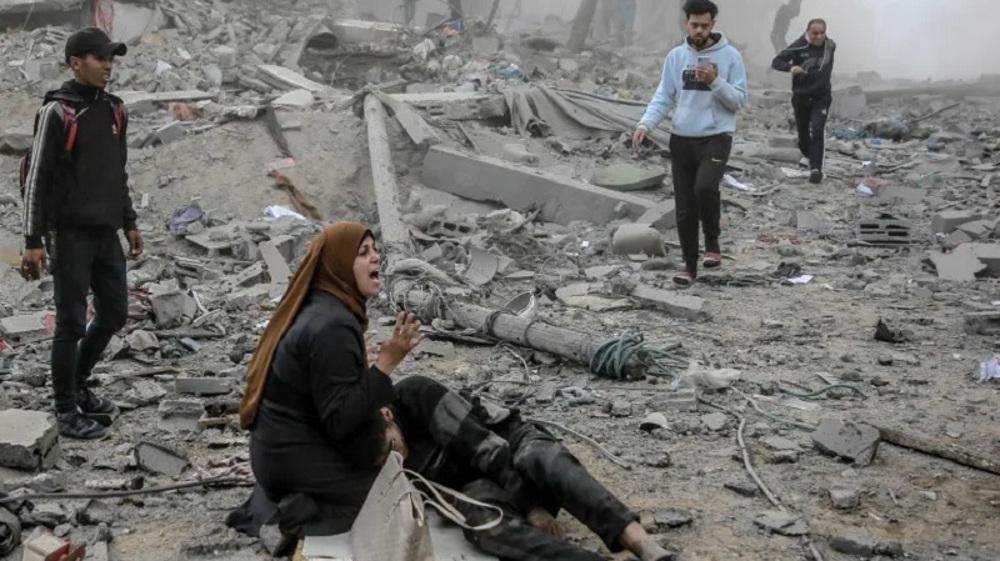
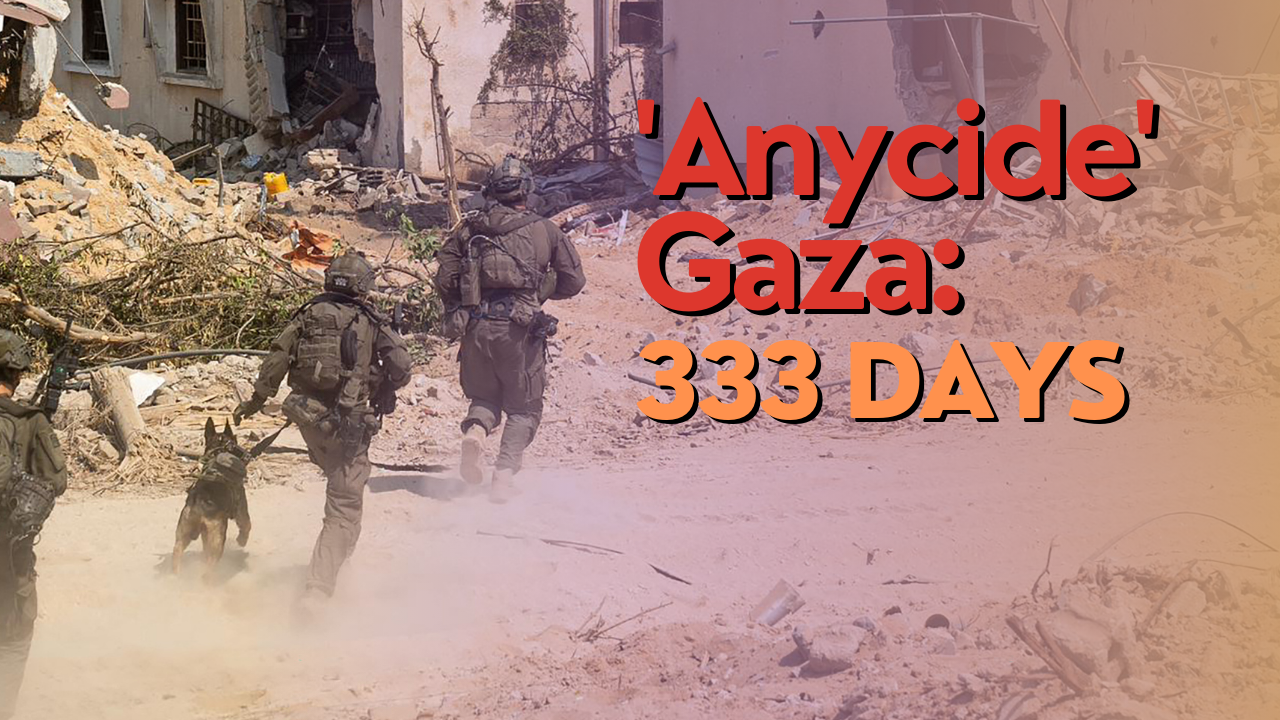
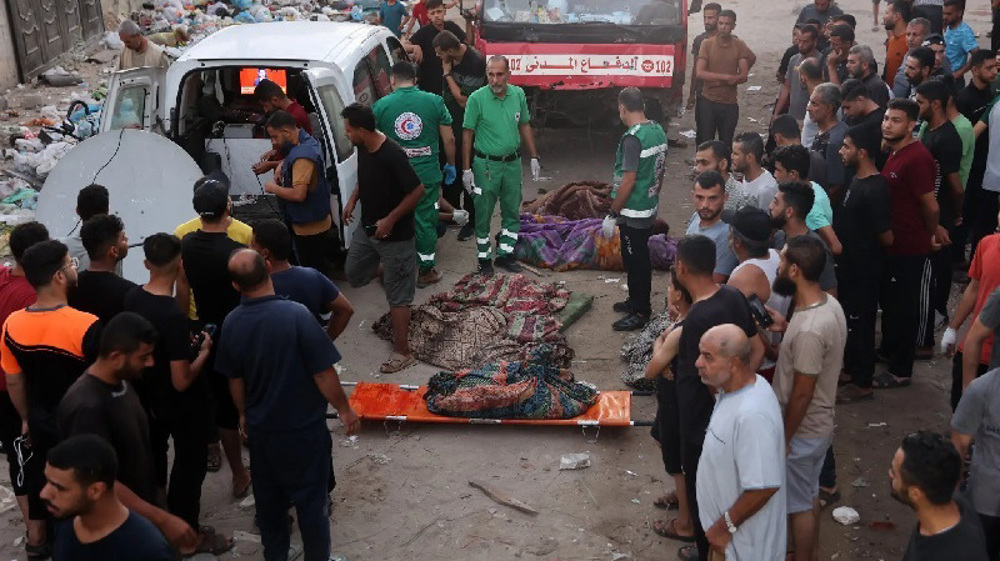
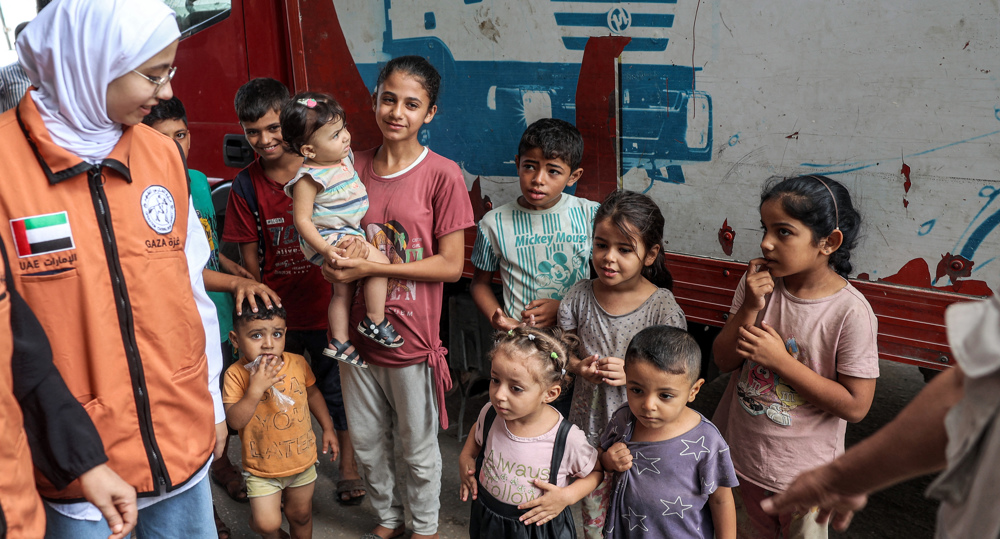
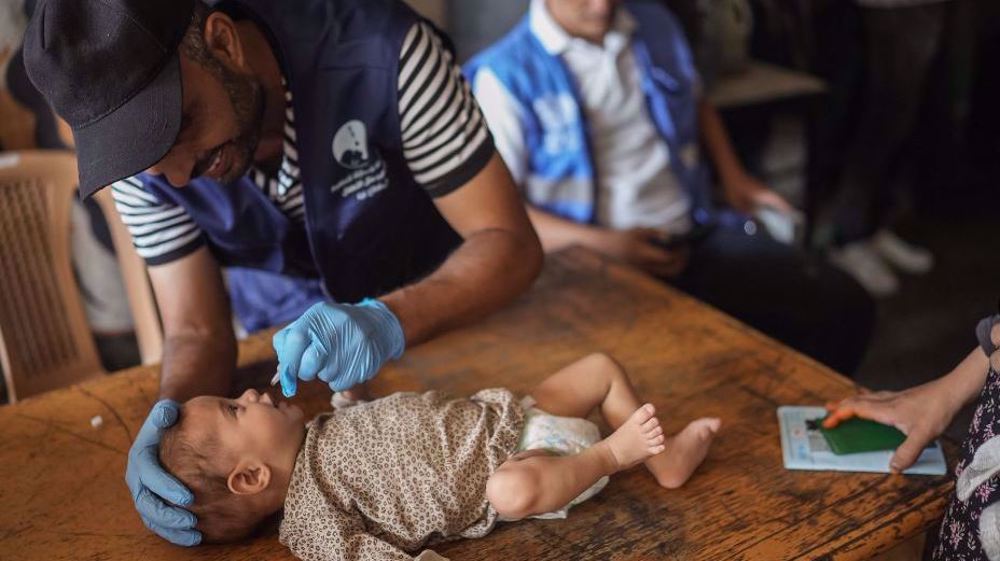
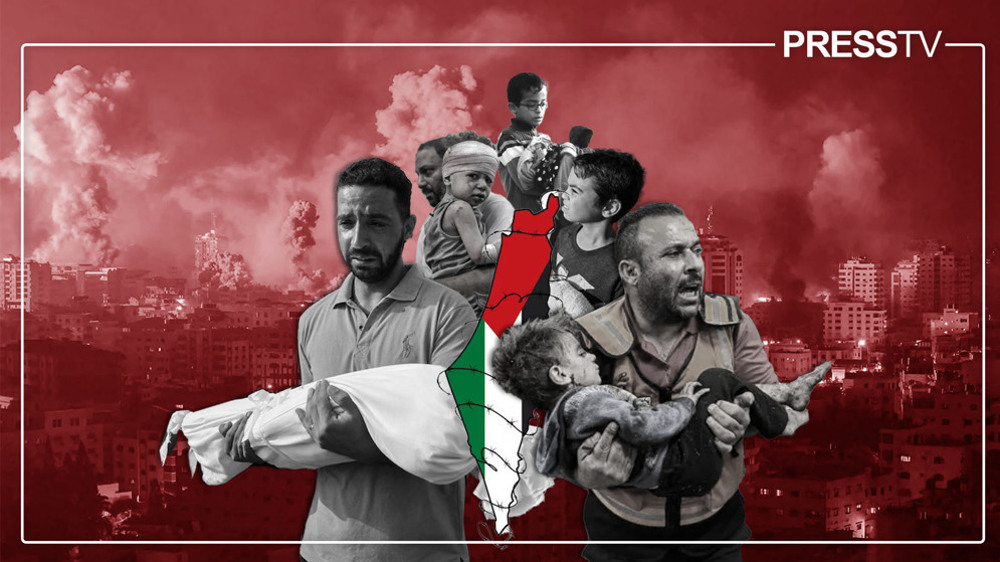




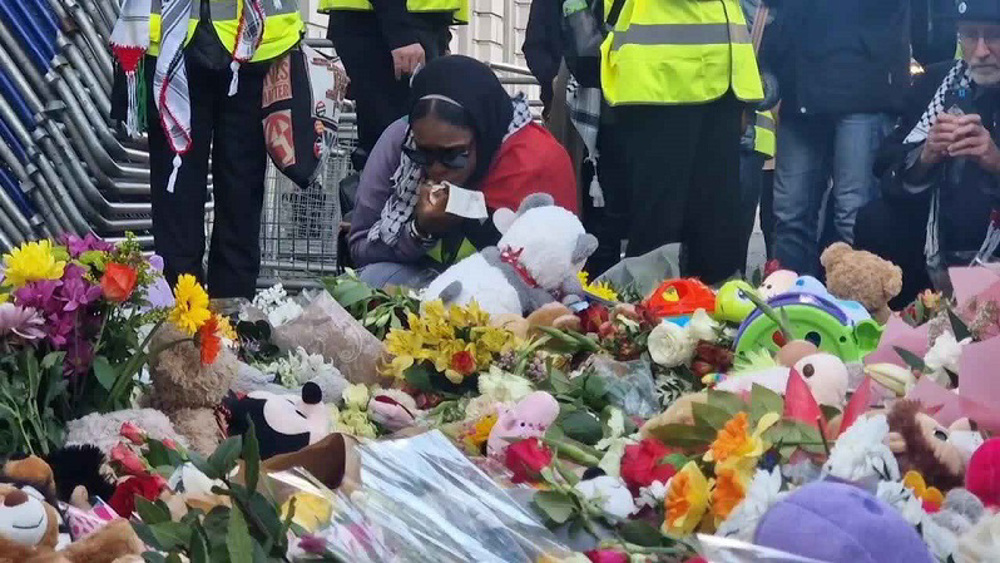



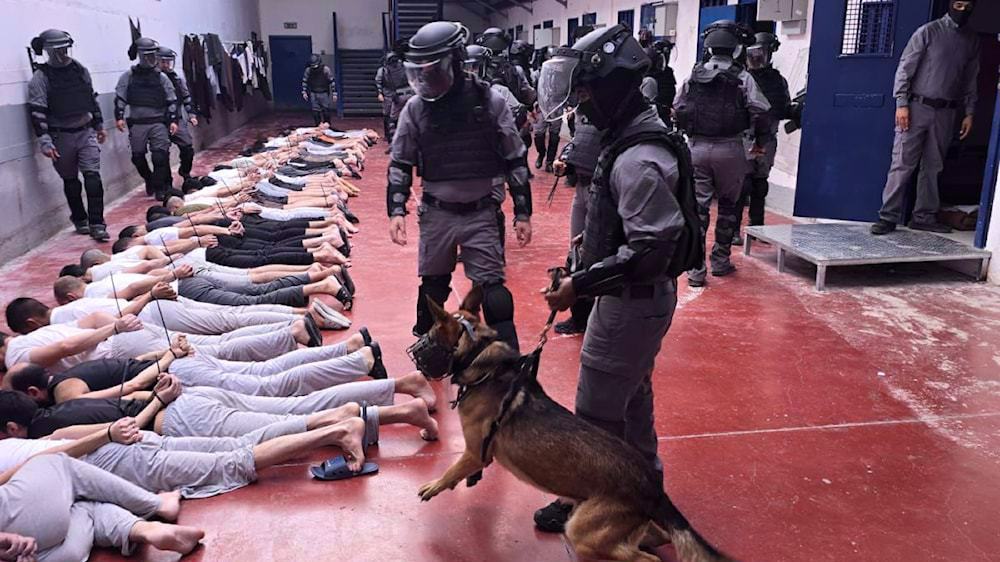

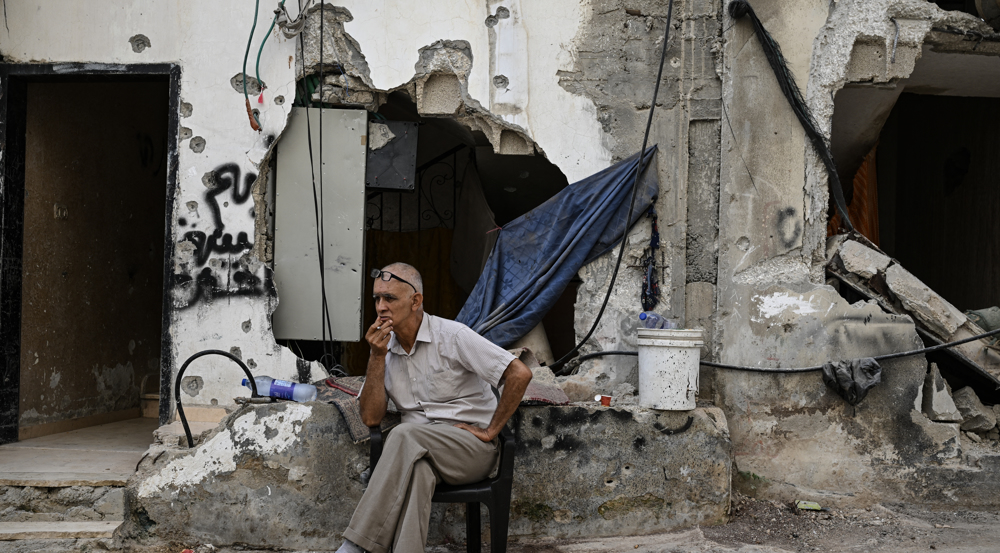
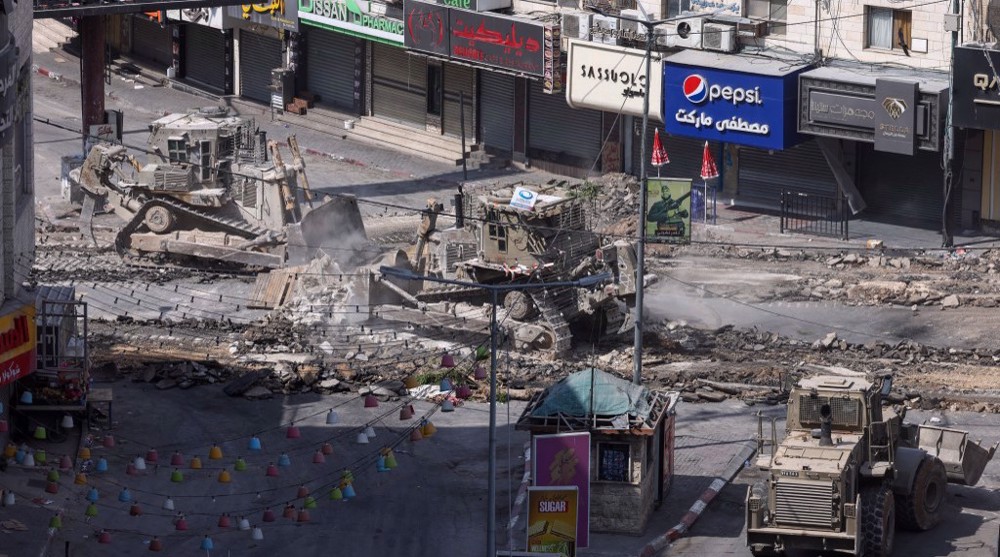
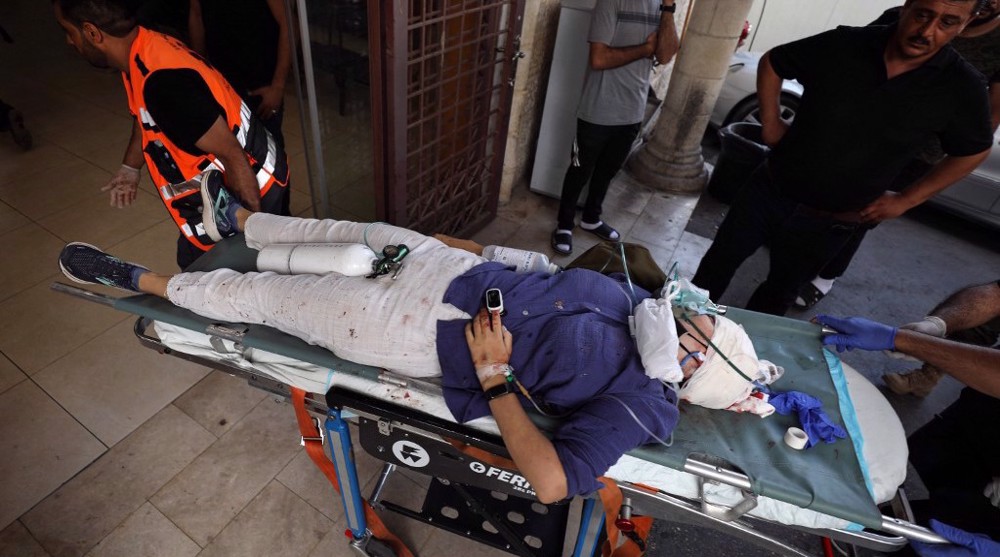
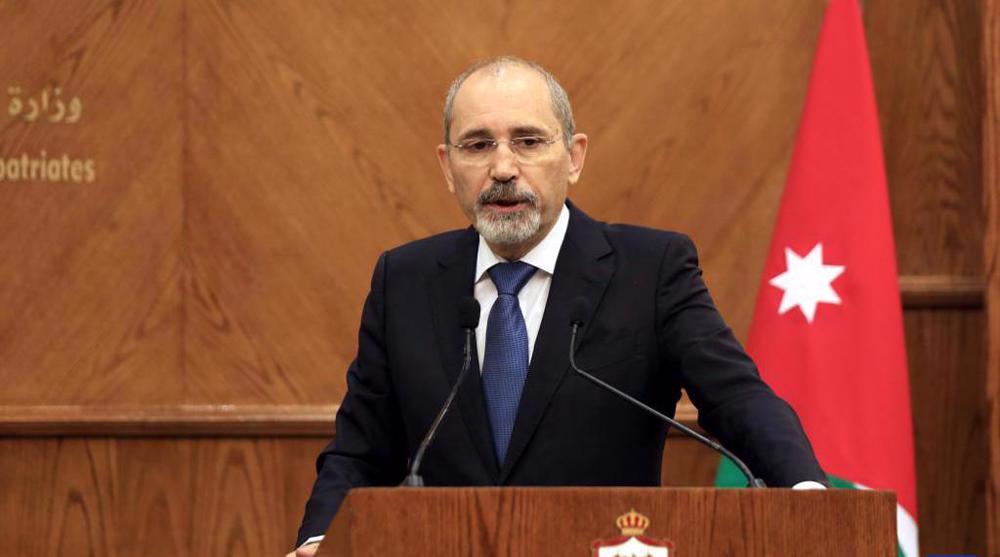
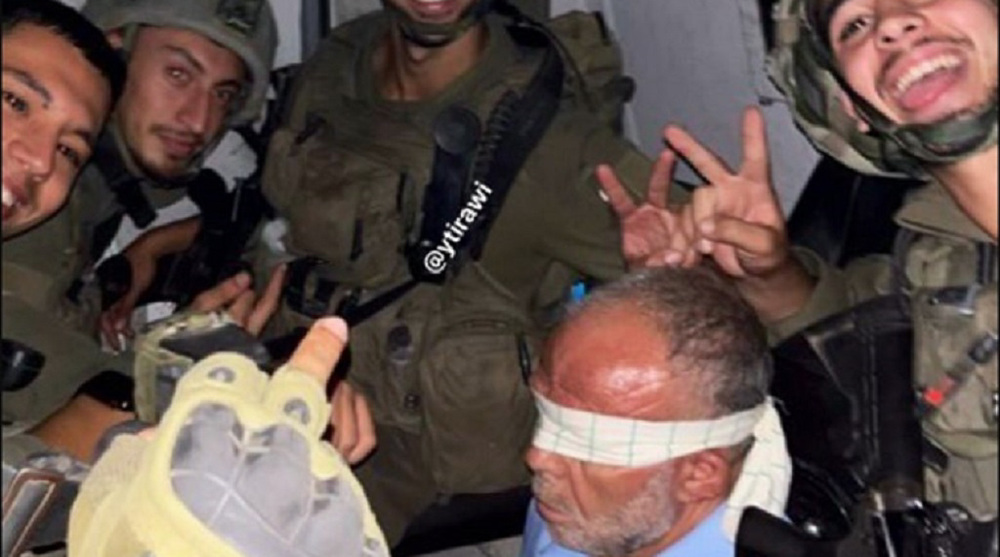
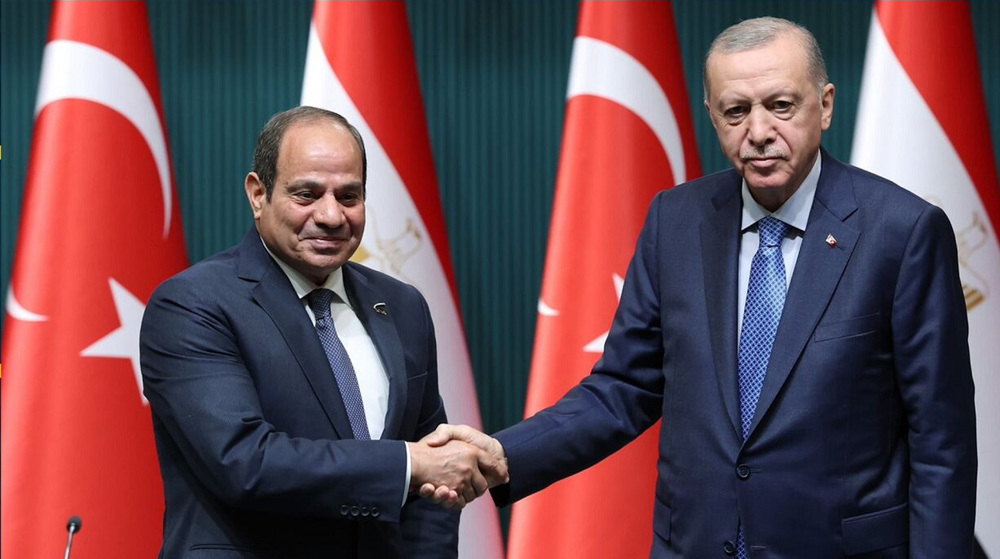
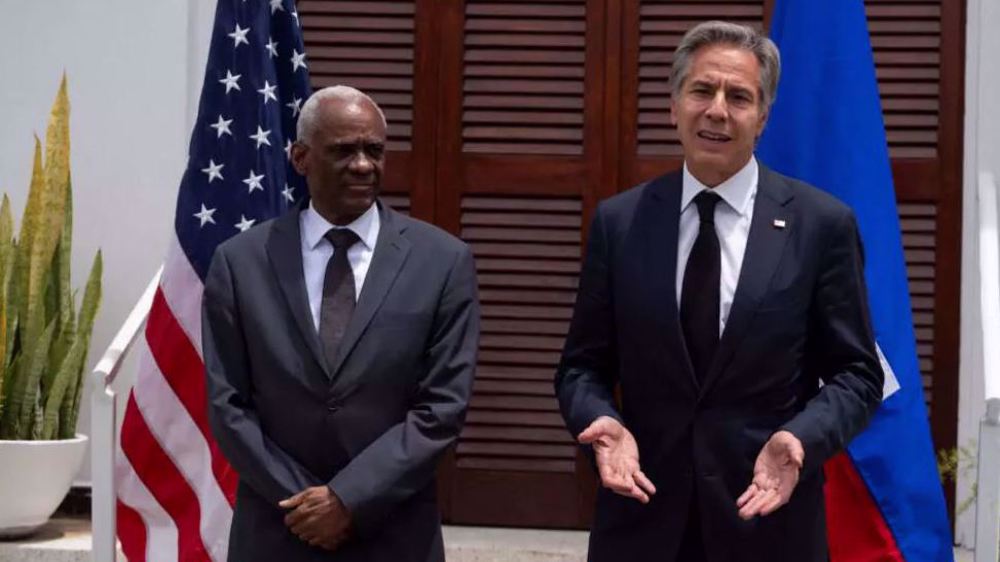
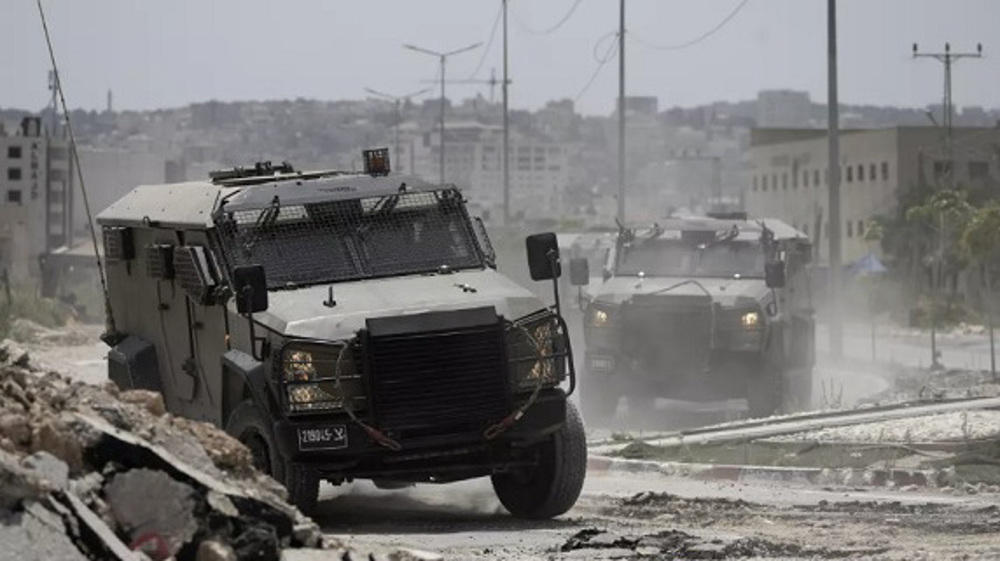

 This makes it easy to access the Press TV website
This makes it easy to access the Press TV website